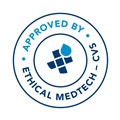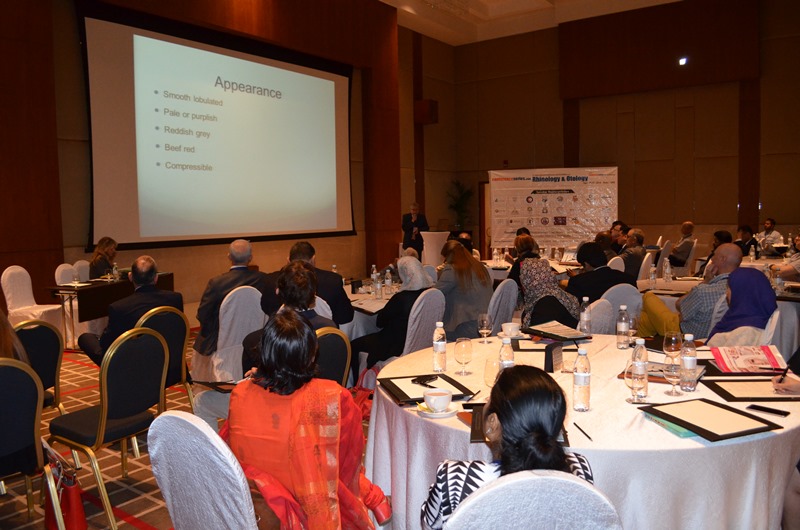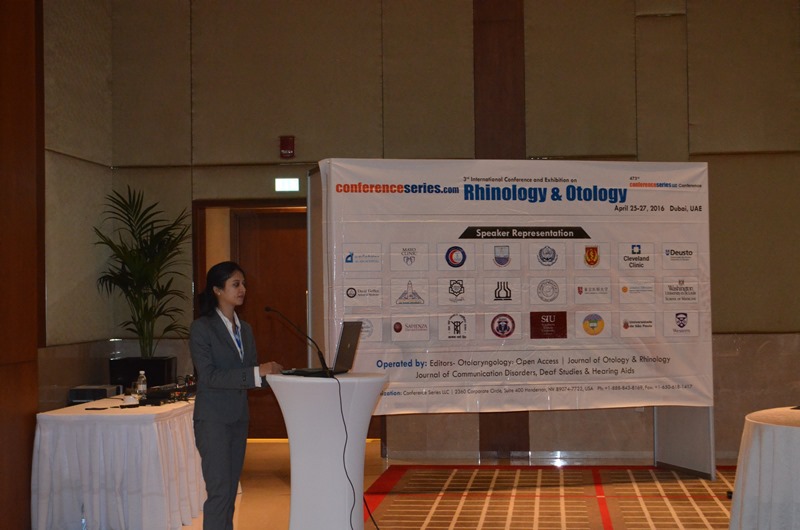
Claudia Regina Furquim de Andrade
University of Sao Paulo
Brazil
Title: SpeechEasy device on stuttering treatment: A randomized clinical trial
Biography
Biography: Claudia Regina Furquim de Andrade
Abstract
SpeechEasy is an eletronic device used to treat stuttering, similar in appearance to a hearing aid. However, rather than amplifying sound, SpeechEasy device alters the way its users perceive their own speech, so that they hear their voice at a slight time delay and at a different pitch. This effect is called altered auditory feedback (AAF), i.e., the use of a digital signal processor to produce a second altered signal using one’s own speech. The alteration to the auditory feedback creates the illusion of a second speaker producing similar linguistic material, emulating choral speech. Previous studies, besides their largely different purposes and methodology, appear to agree that AAF can decrease the number of stuttering events without changing naturalness characteristics of speech production. However, substantial variability is found across studies regarding degree and pattern of benefit. The present study is a randomized clinical trial, undertaken to verify the effectiveness of SpeechEasy device on stuttering treatment in comparison to behavioral techniques. Two groups participated: Group 1 consisted of 11 people who stutter including 10 males and 1 female aged 21-42 years (M=30.0). Group 2 consisted of seven people who stutter including six males and one female, aged 20-50 years (M=35.6). Participants in Group 1 were fit with a SpeechEasy and were not given any additional training (i.e., supplementary fluency enhancing techniques). Participants used the device daily for six months. Participants in Group 2 received treatment in the form of a 12-week fluency promotion protocol with techniques based on both fluency shaping and stuttering modification. There were no statistically significant differences (p>0.05) between groups in participants’ stuttered syllables following treatment. That is both therapeutic protocols achieved approximately 40% reduction in number of stuttered syllables with no significant relapse after three or six months post-treatment. The results suggest that the SpeechEasy device can be a viable option for the treatment of stuttering.
Speaker Presentations
Speaker PPTs Click Here
Speaker Interview PDFsClick Here



